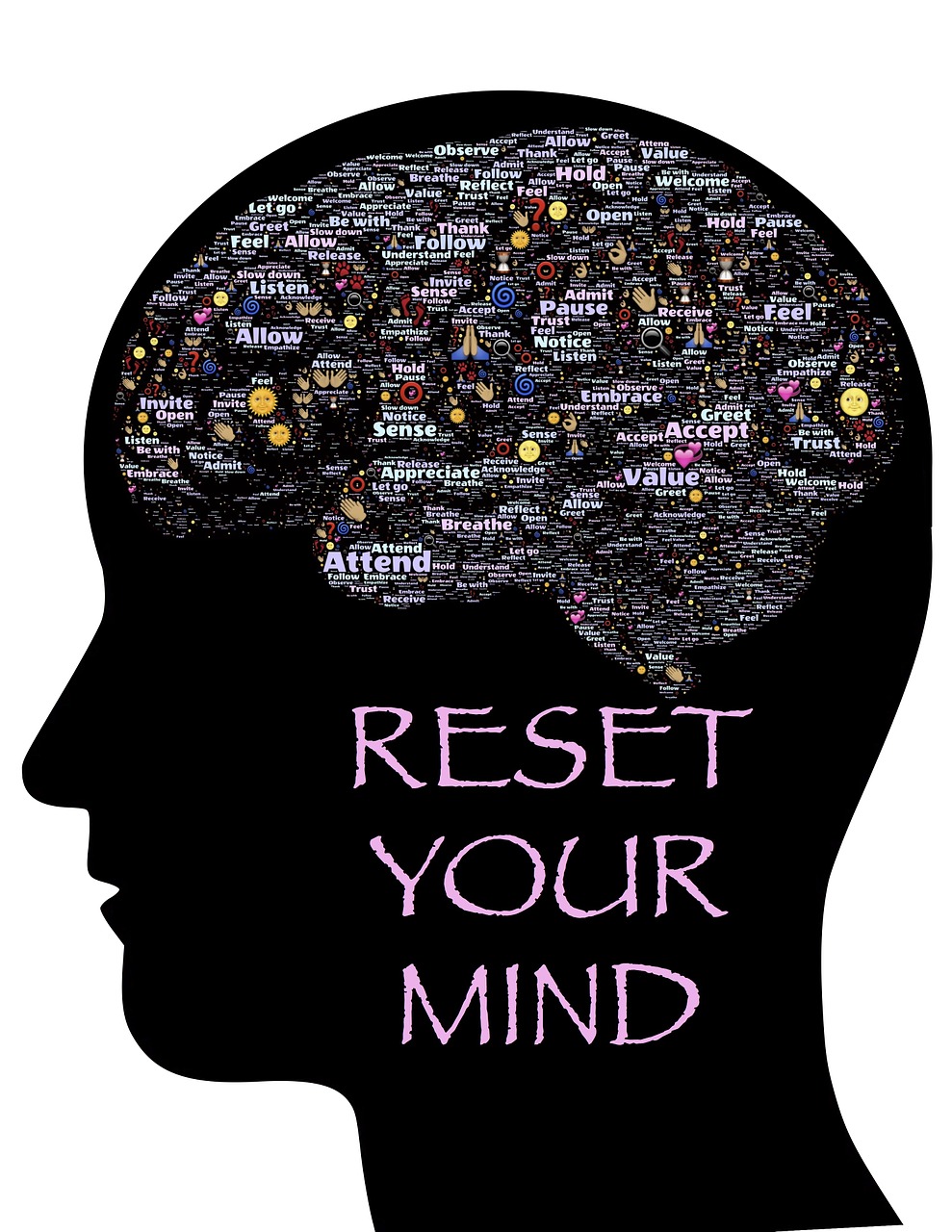Delusion vs. Illusion: Debunking the Mystery
Have you ever questioned the reality of your perceptions? Have you pondered over the fine line between delusion and illusion? The human mind is a complex web of thoughts, emotions, and beliefs, often leading us into a realm where perception and reality intertwine. Delusion and illusion are two terms frequently used interchangeably, but they actually have distinct characteristics. In this article, we will embark on a journey to unravel the enigmatic differences between delusion and illusion, exploring the fascinating world of perception and reality.
The Fine Line Between Delusion and Illusion
Delusion and illusion may appear synonymous, but they vary greatly in their essence. Delusion refers to a fixed belief that persists despite overwhelming evidence to the contrary. It is a manifestation of an individual’s mental state, often influenced by emotions, experiences, and biases. On the other hand, illusion refers to a misinterpretation or distortion of sensory stimuli, leading to a false perception of reality. Illusions can affect any of our senses, from sight and hearing to touch and taste, causing us to perceive something differently from what it truly is.
To understand the difference more clearly, imagine viewing a mirage in a desert. You may witness an oasis with lush greenery and shimmering water, but as you approach, the illusion dissipates, revealing the harsh reality of the barren landscape. The oasis was an illusion created by the extreme heat, causing light to refract and deceive your eyes. In this scenario, the oasis is the illusion, while your unwavering belief that it is real, despite the evidence suggesting otherwise, would be considered a delusion.
Perception: The Art of Seeing Beyond Reality
Perception plays a pivotal role in both delusion and illusion. It is the process by which we interpret and make sense of the world around us. Our perceptions are influenced by our beliefs, experiences, and the information received through our senses. However, it is important to note that perception is not always an accurate representation of reality.
Consider a scenario where you spot a dark figure resembling a person in the dimly lit corner of a room. Your heart races, and fear engulfs you, believing someone is there. As you approach, your fear subsides as you realize it was merely a coat hanging on a hook. The initial perception of a person was an illusion, fueled by the lack of light and your predisposition to fear. However, the intense fear you experienced was a delusion, an unwarranted belief based on the illusionary perception.
The Psychology Behind Delusion
Delusion often stems from deep-rooted psychological factors. It can be a symptom of various mental health conditions, such as schizophrenia, bipolar disorder, or paranoid personality disorder. Individuals experiencing delusions may firmly hold onto their beliefs, even when faced with contradictory evidence. These delusions can be categorized into different types, including persecutory delusions, grandiose delusions, and somatic delusions.
In persecutory delusions, individuals believe they are being targeted or harmed by others. They may feel constantly watched, followed, or conspired against. Grandiose delusions involve inflated beliefs about one’s own abilities, fame, or power. Those experiencing somatic delusions believe they have a severe illness or a physical defect that is not evident to others.
Unveiling the Mystery of Illusions
Illusions, on the other hand, are not solely tied to psychological disorders. They are a common phenomenon experienced by everyone, regardless of mental health. Illusions can occur due to various factors, including the limitations of our sensory organs, cognitive biases, and external influences. These distortions in perception can be categorized into different types, such as optical illusions, auditory illusions, and tactile illusions.
Optical illusions, perhaps the most well-known, create visual discrepancies that trick our brains into perceiving things inaccurately. The famous “Rubin’s Vase” illusion is a classic example, where one can perceive either two faces or a vase, but not both simultaneously. Auditory illusions, such as the “Shepard Tone” illusion, involve sounds that seem to continuously rise in pitch, despite never truly reaching a higher note. Tactile illusions, like the “Rubber Hand Illusion,” deceive our sense of touch, leading us to perceive a rubber hand as our own.
The Role of Expectations and Biases
Expectations and biases significantly impact our perception, often blurring the line between what is real and what is not. Our brains are wired to make sense of the world quickly, relying on previous experiences and patterns to guide our understanding. However, this can also lead to the creation of illusions or the reinforcement of delusions.
Imagine attending a magic show, where a magician performs seemingly impossible tricks. Your brain expects to witness tricks and illusions, allowing you to enjoy the show without falling into delusion. However, if a stranger on the street were to perform the same tricks with no context, your brain might struggle to make sense of the extraordinary events, potentially leading to the creation of delusions about supernatural powers.
Challenging Reality: Critical Thinking and Cognitive Flexibility
Given our propensity to fall victim to illusions and delusions, it becomes essential to exercise critical thinking and cognitive flexibility. Critical thinking involves actively questioning and analyzing information, not accepting it at face value. By challenging our assumptions and seeking evidence, we can discern between reality and distortion.
Furthermore, cognitive flexibility allows us to adapt our thinking to new information and perspectives. It enables us to consider alternative explanations and possibilities, reducing the likelihood of falling into cognitive traps that amplify illusions or confirm delusions.
The Power of Perception: Influencing Behavior and Beliefs
Our perception of reality heavily influences our behavior and beliefs. Delusions can have profound impacts on an individual’s life, leading to irrational decisions, strained relationships, and even dangerous behaviors. Illusions, although typically harmless, can alter our experiences and understanding of the world.
Consider how advertisements often utilize visual illusions to attract our attention and shape our preferences. Optical illusions can create the illusion of depth, motion, or size, making products appear more appealing or desirable. By understanding the power of illusions, we can become more conscious consumers, making informed choices rather than succumbing to persuasive tactics.
Embracing the Unknown: The Beauty of Perception
Although delusions and illusions may sometimes lead us astray, they also remind us of the extraordinary complexities of the human mind. Our perception of reality is shaped by our unique experiences, emotions, and beliefs, making it a deeply personal and subjective experience. Recognizing the limitations of our perceptions allows us to approach the world with curiosity, embracing the unknown and celebrating the beauty of perception.
Conclusion
In the vast realms of the human mind, delusion and illusion serve as intriguing explorations into the nature of perception and reality. Understanding the differences between these two phenomena is crucial in navigating the complexities of our thoughts and experiences. Delusions stem from deep-rooted beliefs, often associated with mental health conditions, while illusions are a result of sensory distortions and cognitive biases. By honing our critical thinking skills and embracing cognitive flexibility, we can enhance our understanding of the world and minimize the influence of illusions and delusions.





